If you’re serious about breeding better racehorses, stop chasing hype and start studying Federico Tesio.
This man didn’t follow the crowd. He built champions from science, not superstition.
And his method? It still works—arguably better than ever in a market overrun by commercial noise, inflated stud fees, and shallow pedigree matching.
Let’s break it down.
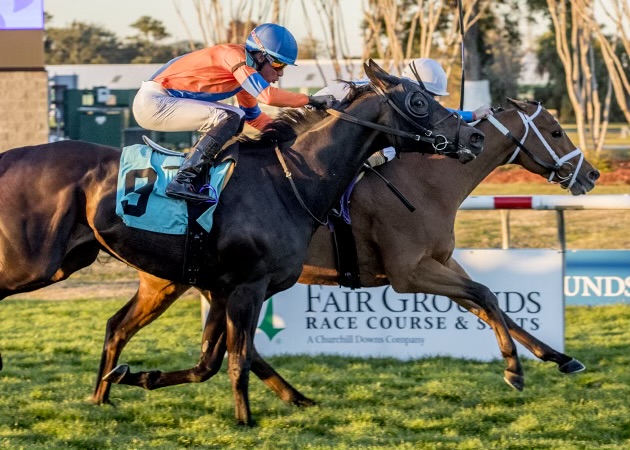
1. Tesio Didn’t Worship Bloodlines—He Engineered Them
Tesio understood something most modern breeders ignore: elite names in a pedigree mean nothing without balance.
He didn’t care if the stallion was a household name or if the mare had black-type relatives. He cared if their genes worked together like gears in a well-oiled machine.
To do this, he studied pedigrees up to seven generations deep. He looked for duplications, outcrosses, and structural balance—not just a fancy name in bold print.
What to do next:
Start by pulling 7-generation pedigrees for your mare and any stallion you’re considering. Look for:
- Overlapping ancestors (especially within the first 4 removes)
- Inbreeding closer than 3×4—proceed with caution
- Weak female families on either side—flag those immediately
Forget the brand names. Build your own bloodline blueprint.
2. He Ignored Stud Fee Hype (And You Should Too)
Tesio bred to what worked, not what sold.
One of his most famous matings involved a stallion no one was paying attention to—because the physical match and pedigree compatibility were stronger than anything commercial.
Sound familiar?
Modern breeders fall for six-figure stud fees like it’s a slot machine. They assume expensive means elite. But many top-priced stallions produce more duds than champions.
Tesio’s results came from precision, not price.
Here’s how to flip the script:
Instead of starting with a stud fee budget, start with your mare’s genetic needs.
Ask:
- What does she lack? Speed? Stamina? Durability?
- What female family is she from? Does it need reinforcement?
- Is she heavily inbred? Then you need an outcross—not another inbred line.
You’re not shopping for a luxury watch. You’re selecting DNA to create a future athlete.
3. Tesio Used Data—Not Instinct—to Make Decisions
He tracked matings. He analyzed patterns. He made breeding decisions the way an engineer builds a bridge: with calculated structure and purpose.
This wasn’t a guy closing his eyes and hoping for a stakes winner.
He studied dosage, gender balancing, inbreeding coefficients, and pedigree symmetry—long before those terms were common.
To start using data like Tesio did:
Pull the following reports on your breeding pair (you can use software like Equineline or pedigreequery.com):
- Outcross Percentage: How genetically diverse is the match?
- Duplication Count: Are duplications balanced on both sides (sire/dam)?
- Gen II Balance: What’s the variance between grandparents? Aim for <17.
- Female Family Analysis: Are you reinforcing Tier 1 lines?
You don’t need to be a geneticist. You just need to be thorough.
4. He Culled Aggressively and Selected Relentlessly
Tesio wasn’t sentimental.
If a broodmare underperformed—even once—he moved on.
If a stallion didn’t add something genetically valuable, he didn’t use him again.
Selective breeding wasn’t a strategy—it was a survival mechanism.
Here’s a quick culling template you can adopt immediately:
Any broodmare that meets two or more of these criteria gets reassigned, sold, or removed from the breeding program:
- Has not produced a stakes runner by her third foal
- Comes from a weak or inconsistent female family (outside Tier 1 or 2)
- Fails to match well with genetically diverse stallions (low outcross score)
- Physically mismatched with most top-tier stallions
Ruthless? Yes. Necessary? Absolutely.
Every weak mating sets your program back three years. Tesio didn’t waste time. Neither should you.
5. He Built Champions from the Inside Out
Most breeders start with what looks good in a catalog.
Tesio started inside the bones.
He studied conformation, yes—but only in the context of inheritability. He wanted to know what physical traits were passed down, not just what looked pretty.
He bred small, inbred mares to large outcross stallions to create balance. He avoided pairing two horses with the same biomechanical flaws. He prioritized functional correctness over cosmetic flash.
You can do the same by asking three simple questions:
- Is this mating physically balanced (e.g., not extreme-to-extreme)?
- Does the stallion correct the mare’s flaws—or double down on them?
- Has this physical type produced sound, durable runners?
The goal isn’t to produce a model. The goal is to produce a machine that wins races.
6. He Reinforced the Right Ancestors
Tesio knew not all ancestors are equal.
He didn’t just linebreed to repeat names—he linebred to repeat results. He emphasized elite female families (like 1S, 2D, 5H) and reinforced influential broodmare sires through both sides of the pedigree.
Today, we’d call this “gender-balanced linebreeding.” Back then, Tesio just called it common sense.
Here’s how to apply this fast:
Open a 6-gen pedigree. Circle any ancestor that appears:
- On both sides (sire and dam)
- Through both sexes (sire through a daughter; dam through a son)
- Within the first four removes
You want balance—not just repetition. A 4×4 to Northern Dancer through two sons is risky. A 4×4 to him through a son and a daughter? That’s usable, if the other metrics line up.
7. Tesio Treated Each Mating Like a Business Decision
Tesio didn’t breed for emotional reasons.
He didn’t use a stallion because he liked the name or owed someone a favor. Every mating had to justify itself—genetically, commercially, and athletically.
Want to follow his model? Build a Breeding Decision Checklist:
Before approving a mating, you must check:
✅ Genetically compatible (outcross score above 75%)
✅ Balanced duplications (within 10 between sire/dam)
✅ Strong female family presence on both sides
✅ No inbreeding closer than 3×4
✅ Physical complementarity
✅ At least one performance-producing mare within 3 generations
If the mating doesn’t hit all six? Reassess.
Final Word: Tesio’s Method Works Because It’s Not Guesswork
What makes Tesio’s strategy timeless is how deliberate it is.
He didn’t chase stallion fads.
He didn’t confuse luck with planning.
And he didn’t throw money at horses and hope they’d win.
He studied. He culled. He adjusted. He won.
You can do the same—if you stop guessing and start engineering your matings like Tesio did.
Ready to Apply Tesio’s Strategy to Your Breeding and Buying Decisions?
Whether you’re planning your next mating or sizing up a yearling at auction, the same truth applies:
Precision beats guesswork. Every time.
The OPTIMAL Matings system is built to help you:
✅ Pair your mares with the most genetically compatible stallions
✅ Evaluate horses at auction with seven-generation pedigree analysis
✅ Avoid costly flops by spotting hidden red flags early
✅ Build a long-term program rooted in data—not myths or marketing
If you’re serious about breeding or buying a winner, now’s the time to act.
👉 Book your private strategy call here: Schedule Your OPTIMAL Matings Session
Let’s eliminate the guesswork and stack the odds in your favor—before you breed or buy.


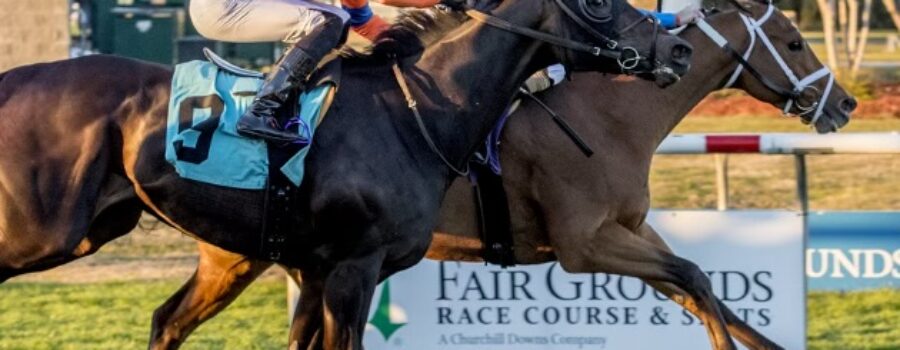

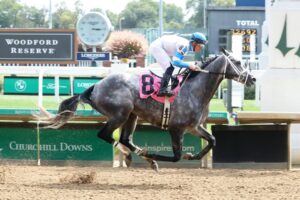
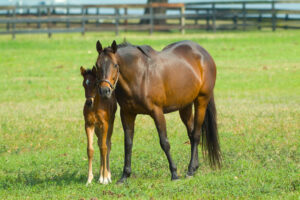
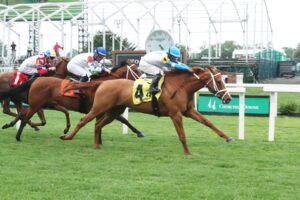
Recent Comments